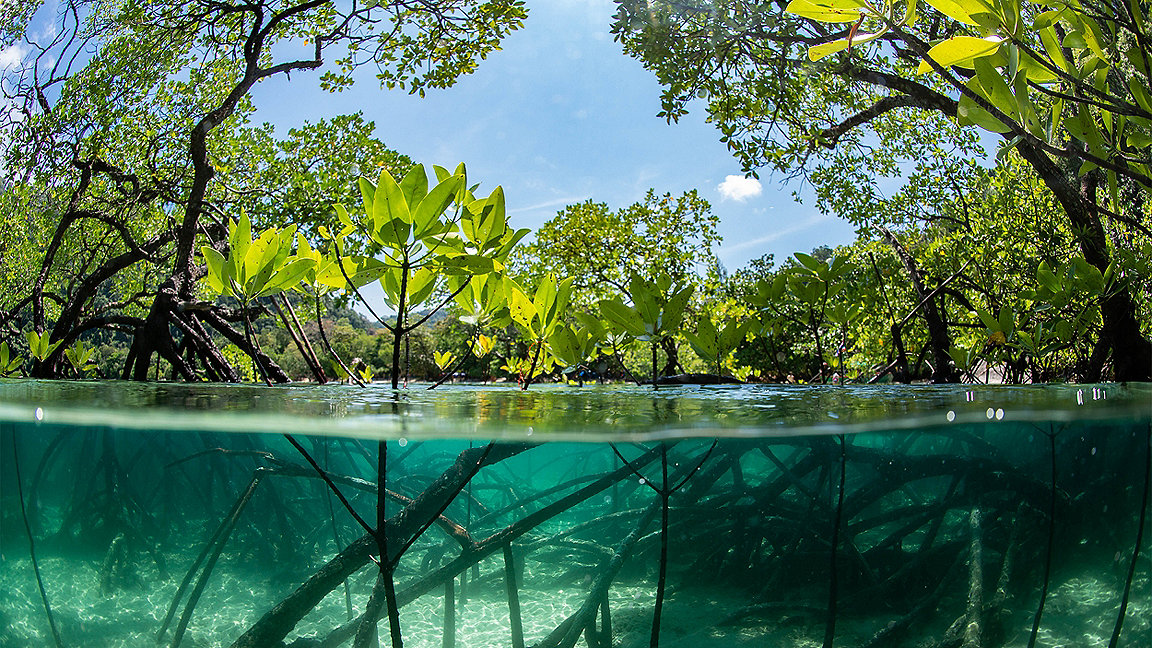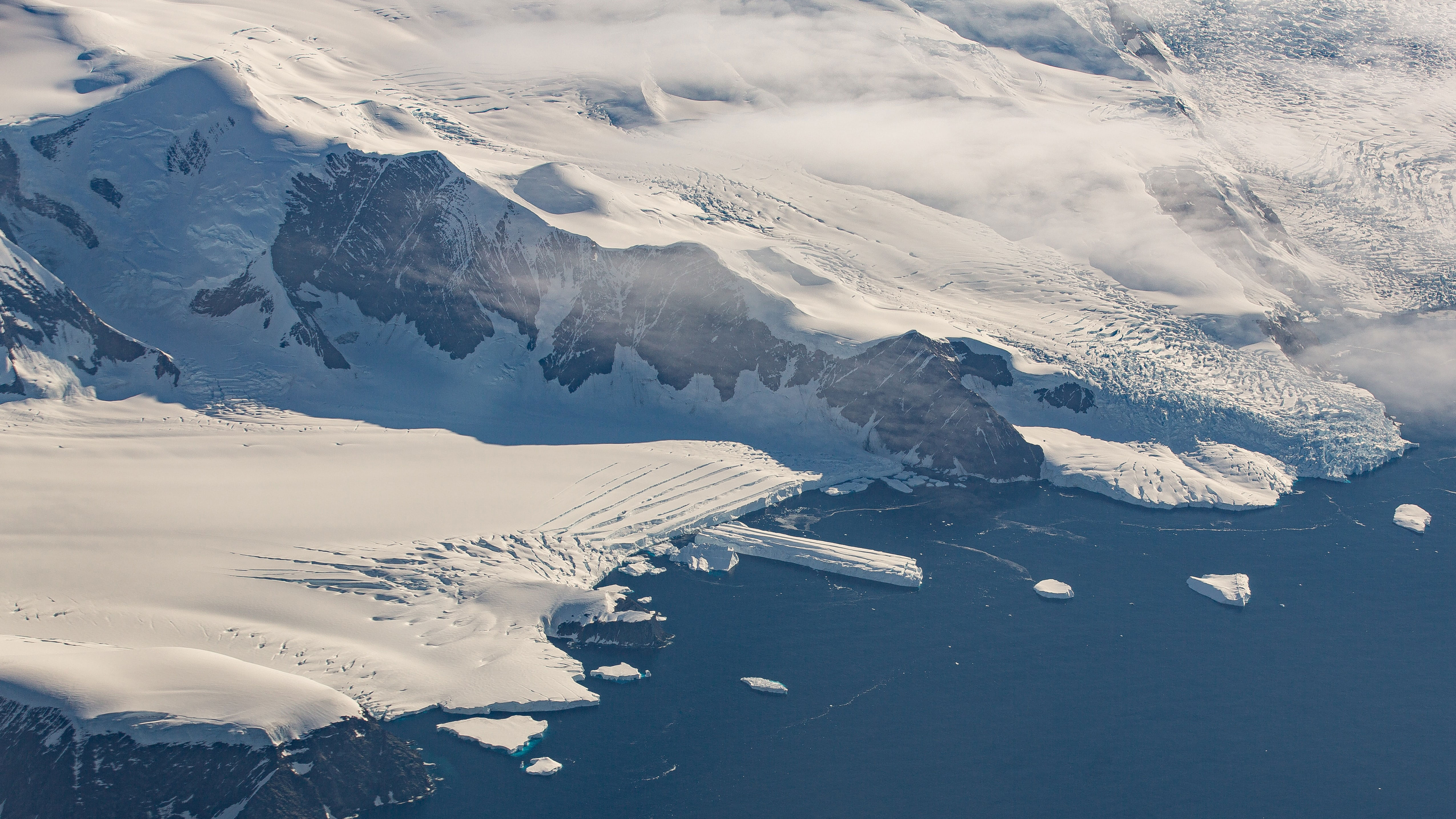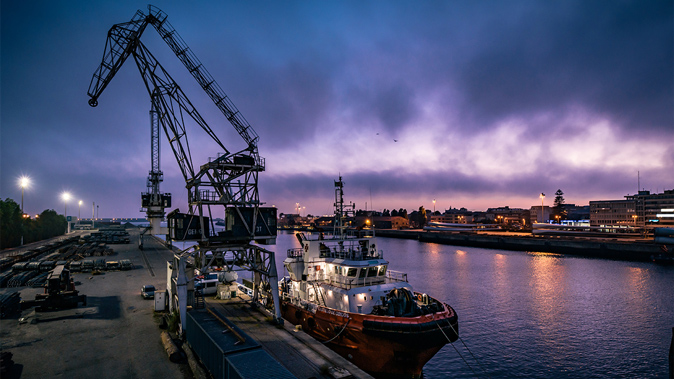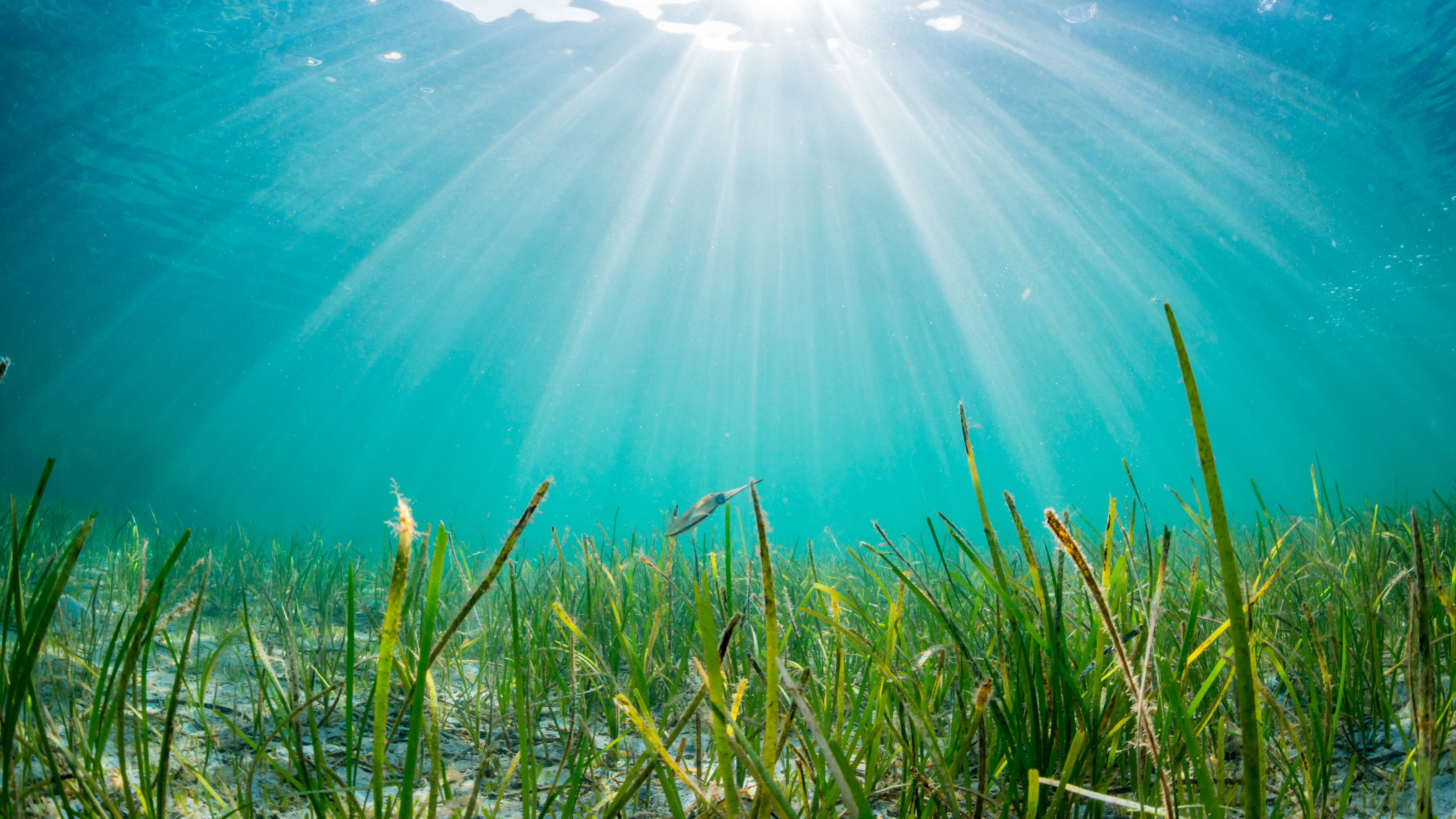
Around 10% of the world's population live or work in low-lying coastal regions. Coastal populations are highly vulnerable to climate change, being particularly affected by rises in sea level and wave height, coastal erosion, cyclones, and flooding.
Yet such areas are also focal points of trade, fishing and tourism, and thus vital to local economies. To protect these communities, it's vital that we understand the impacts of climate change and help them adapt appropriately.
Evidence of coastal climate change
Sea-level rise, higher atmospheric and oceanic temperatures, changing precipitation rates, and more frequent extreme weather events are the primary evidence of climate change in coastal areas. Globally, sea-level rise will threaten 95% of coastal regions during the 21st century. It is also the most immediate challenge for small island states.
Thermal expansion of oceans and polar ice melting are the main causes for sea-level change. In addition, sea-level rises lead to the following problems in coastal regions:
-
flooding
-
increased salinity
-
inundation of land habitat
-
changes in shorelines
-
damaged mangroves and wetlands
-
groundwater depletion.
These impacts will lead to the degradation of coastal ecosystems, loss of livelihoods and essential community services.
The UN's Sustainable Development Goals 11 Sustainable cities and communities and 13 Climate action highlight the need for a multidisciplinary, collaborative approach to limit the vulnerability of such communities to the physical, social, economic and environmental impacts of climate change.

Physical impacts
The physical impacts of climate change in coastal regions include:
-
damage to critical infrastructure
-
interrupted access for emergency services
-
degradation of building materials and structures
-
changes in energy consumption
-
governance and institutional change.
Transport systems are part of the infrastructure that provides essential access for emergency services such as police, fire, and healthcare. Ports are another example of critical infrastructure threatened by the effects of climate change.
Meanwhile, building materials and structures can be damaged by ion-based salts in seawater. They corrode concrete and steel structures on bridges, roads, and pavements, leading to the risk of failure and potential injuries.
Contamination of Pb by seawater and rising concentrations of chlorine cause increased corrosion of pipes. Corrosion contaminants pose a risk to wells and drinking water.
Social impacts
The social impacts of climate change in coastal regions include:
-
threat to life
-
decreased agricultural productivity
-
need for social protection programmes
-
displacement of people
-
food and freshwater insecurity
-
human conflict
-
health risk.
The threat of permanent inundation, mainly due to rising sea levels, will displace coastal communities and destroy their livelihoods. Voluntary migration mainly occurs due to slow-onset changes such as decreased water resources, changes in weather patterns, rising temperatures and coastal erosion.
Involuntary displacement, also called distress migration, mainly results from extreme weather conditions and hazards.
Such migration will increase pressure on urban infrastructure and services and economic growth rates. It could also lead to increased health risk and unrest. Hence, there is a need for social protection programmes that act as safety nets for climate refugees.
While rainfall and temperature are key for crop productivity, extreme climates, soil salinity in coastal areas, pests and diseases will affect the agricultural sector. These will lead to food insecurity in urban and rural communities. Appropriate, sustainable food control measures should therefore be designed, taking possible future conditions such as climate and land cover into consideration.

Economic impacts
The economic impacts of climate change on coastal regions include:
-
loss of income leading to economic depression
-
loss of employment in marine industries
-
depleted resources
-
inability to plan for economic development
-
adaptation and reconstruction costs.
More than 80% of global goods and commodities are traded by sea, making ports vital economic assets. Unfortunately, one-third of sea ports worldwide are in areas at risk of severe tropical cyclones. Such ports are also prone to inundation because of hurricane storm surges caused by rising sea levels.
Although the marine economy is responsible for a considerable proportion of national GDP and employment in many coastal countries, extreme weather fluctuations, sea-level rise and other climatic changes will affect sectors such as tourism, fisheries and aquaculture. Food security and coastal employment will also be put at risk.
The change in climatic conditions and the subsequent impacts will affect economic development and people's livelihoods in coastal regions. Small island developing states such as Malta will face numerous economic issues.
Reduced tax bases, diminishing reserves and credit ratings, and increased borrowing during reconstruction will be challenging for these maritime nations. If economic losses due to climate-related hazards could be minimised, considerable GDP could be diverted towards other developmental needs such as education, health and reducing poverty.

Environmental impacts
The environmental impacts of climate change on coastal environments include:
-
damage to the ecosystem
-
impact on biodiversity
-
pollution
-
reduced quality of surface, ground and drinking water
-
cost of environmental restoration.
Sea-level rise and global warming, increasing atmospheric carbon dioxide, ocean acidification and other climate extremes directly damage ecosystems such as salt marshes, mangrove forests, seagrass beds, soft sediments, kelp forests and coral and oyster reefs.
The degradation of mangrove ecosystems is a growing concern. This has come about because of sea-level rise, extreme weather events, changes in precipitation, and increased carbon dioxide concentrations in the water. Mangrove systems are crucial because they act as sea defence systems protecting the coastal line, controlling water flow speed and reducing the impact on coastal infrastructure.
Ocean acidification and temperature variations also damage coastal ecosystems. The increase in ocean temperatures has lowered productivity, diversity and the resilience of nearshore marine ecosystems over the past few decades.
Changing climatic conditions also affect municipal solid waste landfills. Potential hazards include landslides and flooding due to intense rainfall or coastal inundation. This can cause toxic substances to disperse into the ground or groundwater.
.jpg)
Impact on the coastal built environment
Continued development worldwide, our growing population and the increased probability of extreme climate change-induced hazards have adversely affected built as well as natural environments. Climate change can affect property, infrastructure, coastal industries and marine ecosystems.
The construction industry and built environment professionals have a vital role to play in rectifying physical damage caused by disasters. Because the built environment is the most dangerous place during such disasters, its ability to withstand them will determine the resilience of the community.
Sea-level rise, heavy downpours, extreme heat and other climate-related phenomena are already damaging buildings and infrastructure. In future, some coastal infrastructure is likely to be ineffective.
As construction affects climate change and vice versa, the design in the built environment needs to plan for the impact of future climate and land-use change, and implement mitigation strategies for increased air temperature that minimise heating and cooling demand.
In coastal regions, structural changes to the built environment will require measures that include:
-
sea walls and breakwater arms
-
water recycling systems
-
waste-water treatment plants
-
beach nourishment sand pumping.
There is thus mounting pressure for built environment professionals, including planners and architects, to promote sustainable construction to reduce risks to human and environmental health.

Prof. Dilanthi Amaratunga FRICS is professor of disaster risk reduction and management and head of the Global Disaster Resilience Centre at the University of Huddersfield
Contact Dilanthi: Email
Related competencies include: Environmental management, Management of the natural environment and landscape, Sustainability

